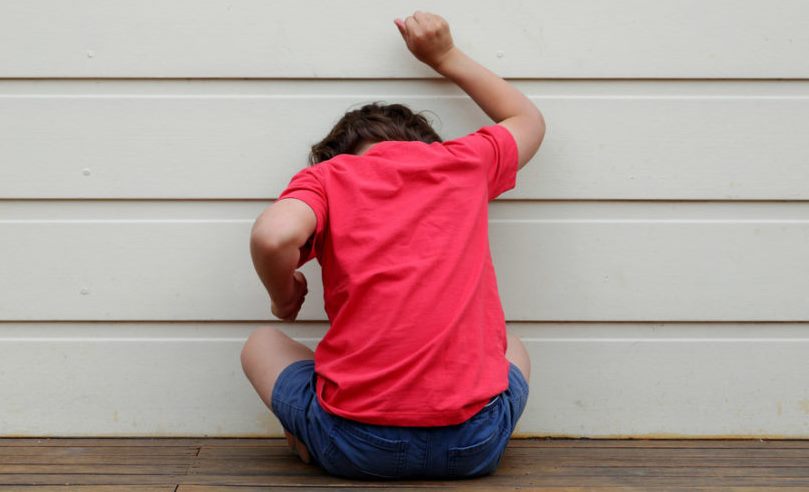New York: Researcher have found that young children who exhibited less fear and desire for social connection and who engaged less frequently in a copycat behaviour called arbitrary imitation developed more callous-unemotional (CU) traits, which are known to lead to anti-social behaviour later.
A link between anti-social or aggressive behaviour and CU traits–characterised by lack of empathy, guilt, and reduced sensitivity to others’ emotions–is already well known, according to the study published in the Journal of Child Psychology & Psychiatry.
This translates to a child who is “less compassionate, doesn’t care about breaking the rules, doesn’t change a behaviour when they’re told, ‘If you do X, this bad thing will happen’,” said study researcher Rebecca Waller from University of Pennsylvania in the US.
“They’re also more likely to be aggressive to get what they want because they don’t fear the consequences,” Waller added.
For the findings, the researchers used data from the Boston University Twin Project.
During two two-hour lab visits, at age 3 and again at age 5, children played out several scenarios, like offering a parent ‘candy’ from a canister that actually contained a stuffed snake, popping bubbles, or separating different-coloured beads into piles.
Analysis of the children’s behaviours showed that less fearful children who cared less about social connections at the first visit were more likely to develop callous-unemotional traits by the second.
“Fearlessness on its own is not the only ingredient, these children also don’t feel, to the same degree, that inherent motivation and reward from having positive social bonding with others,” said Waller.
The researchers also found that harsh parenting–which includes tactics like yelling and spanking–intensified the fearlessness and strengthened the link with later CU traits.
According to the researchers, the study conducted with a different set of two- and three-year-old BU Twin Study participants, compared instrumental and arbitrary imitation.
“Arbitrary imitation is intended to build bonds, to show another person that you’re in their group, that you accept their ways, that you can and will do what they’re doing,” said study researcher Nicholas Wagner from Boston University in the US.
For this work, the team built a pair of experiments. In the first, children had to free a stuffed bird from a hard-to-open cage.
An adult showed them how, interspersing necessary instruction with unneeded vocalisations like “Look, it’s a birdy!”
During a second task, children had to use a stick to liberate a cracker stuck in the middle of a clear tube. Again, an adult modelled the steps, mixing essential and arbitrary directions.
In both cases, researchers watched and coded which behaviours the children repeated and which they ignored.
They found that the two-year-olds who engaged in less arbitrary imitation overall–in other words, those who ignored more of the unneeded actions–were at greater risk for developing CU traits later.
“This says to us that these children are less motivated to make connections with other kids or adults. The same was not true for instrumental imitation,” Wagner said.




 Kalinga AI
Kalinga AI